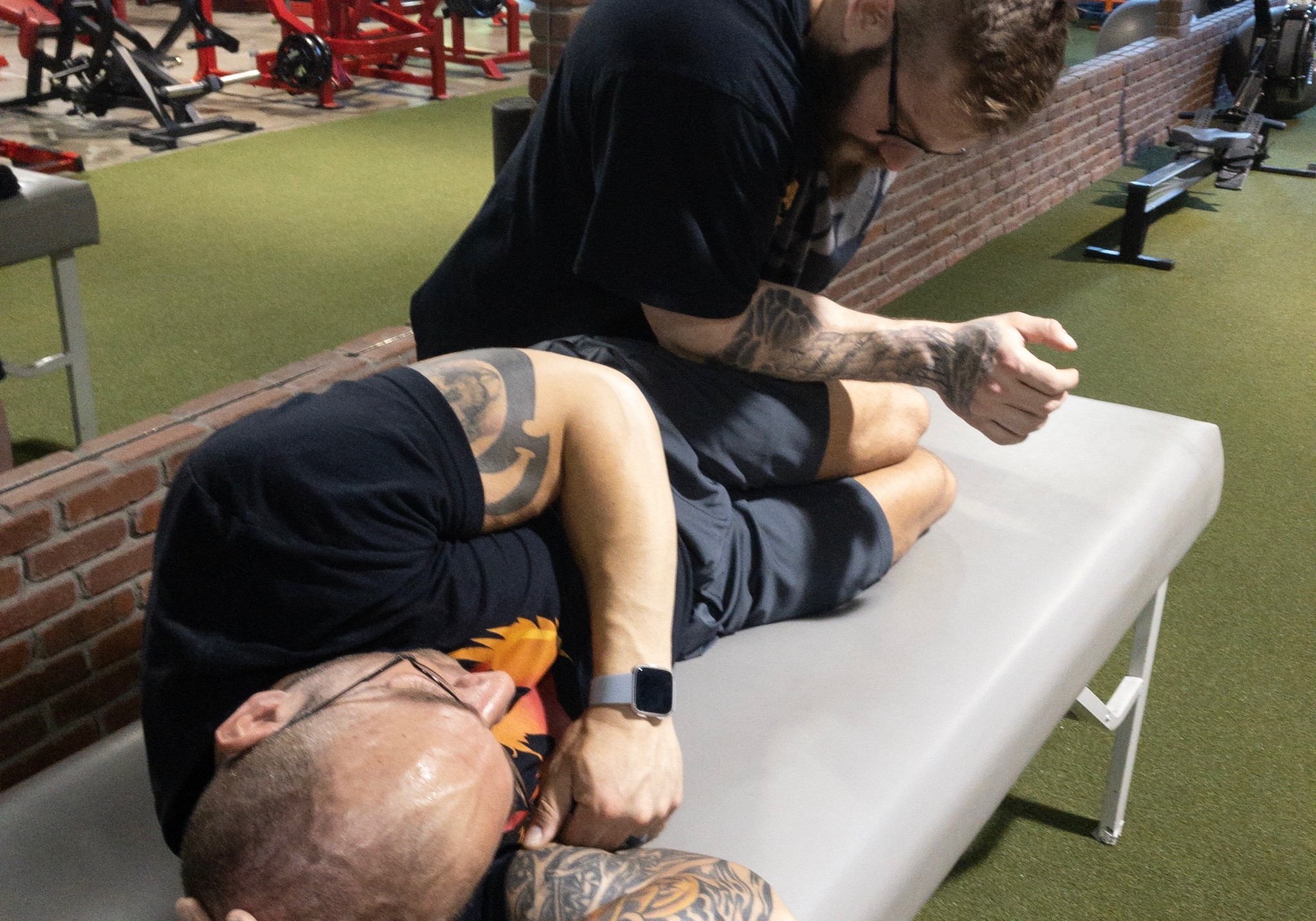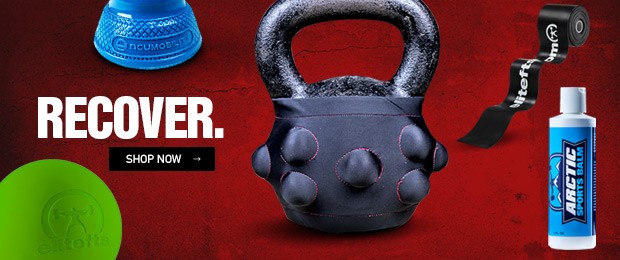
I know there are a lot of people who use foam rollers and a lot who absolutely hate them. I for one find little value in them and it seems like the science, for the most part, can back that up, but there are a few things that they are useful for. They can help improve flexibility for 10-20mins after use and based on this study and a few more just like it they can help you recover post-workout. Granted the way they measure recovery is based on how the athlete's feel the next day and on a few tests that really only show it helps improve your ability to recover for agility purposes which do strength athletes no good. So the limitations on the study are clear there didn't do any hormone testing and didn't check any markers such as creatine kinase as a way to accurately gauge recovery but you can't just push away the perception of feeling better.
Nonetheless, I think whenever there is new research out there that may help with recovery it is a good idea to look into it as strength athletes.
The study https://journals.lww.com/nsca-jscr/Citation/2019/08000/Effects_of_Foam_Rolling_as_a_Recovery_Tool_in.18.aspx took a look at professional soccer players and had one group do 20 minutes of foam rolling immediately post-training session and the other group sat on a bench for 20 minutes post-training session so a passive and active strategy for recovery. The practice consisted mostly of anaerobic work such as sprints, agilities, and the basics of soccer practice, no weight lifting was involved. The foam roll group rolled out their lower body performing 2 sets per body part for 45 secs a piece with 15 seconds rest between body parts.
The next day the tested the two groups in vertical jump performance, 5 and 10-m sprints, T-test (agility), sit and reach test, and perceptual measures such as the total quality recovery scale which evaluates the athlete's perception of recovery and the visual analog scale of muscle pain which means they palpate the muscle and ask the athlete to rate pain on a scale of 1-7.
The only positive difference shown was from the t-test for agility and the perceptual measures of the athlete. Everything else was the same. This goes along the same lines of other studies done like this so at least there is some consistency in the findings.
So in a sport where we are always looking for ways to speed up recovery so we can keep training harder this may be a viable option to try out. I think spending 10-20 minutes post-workout doing some type of cool-down method is very important for recovery and is often overlooked but more and more research is coming out showing that it will indeed help the perception of recovery and if we think we feel better chances are something positive is happening.









